On the waterfront in Tetiaroa
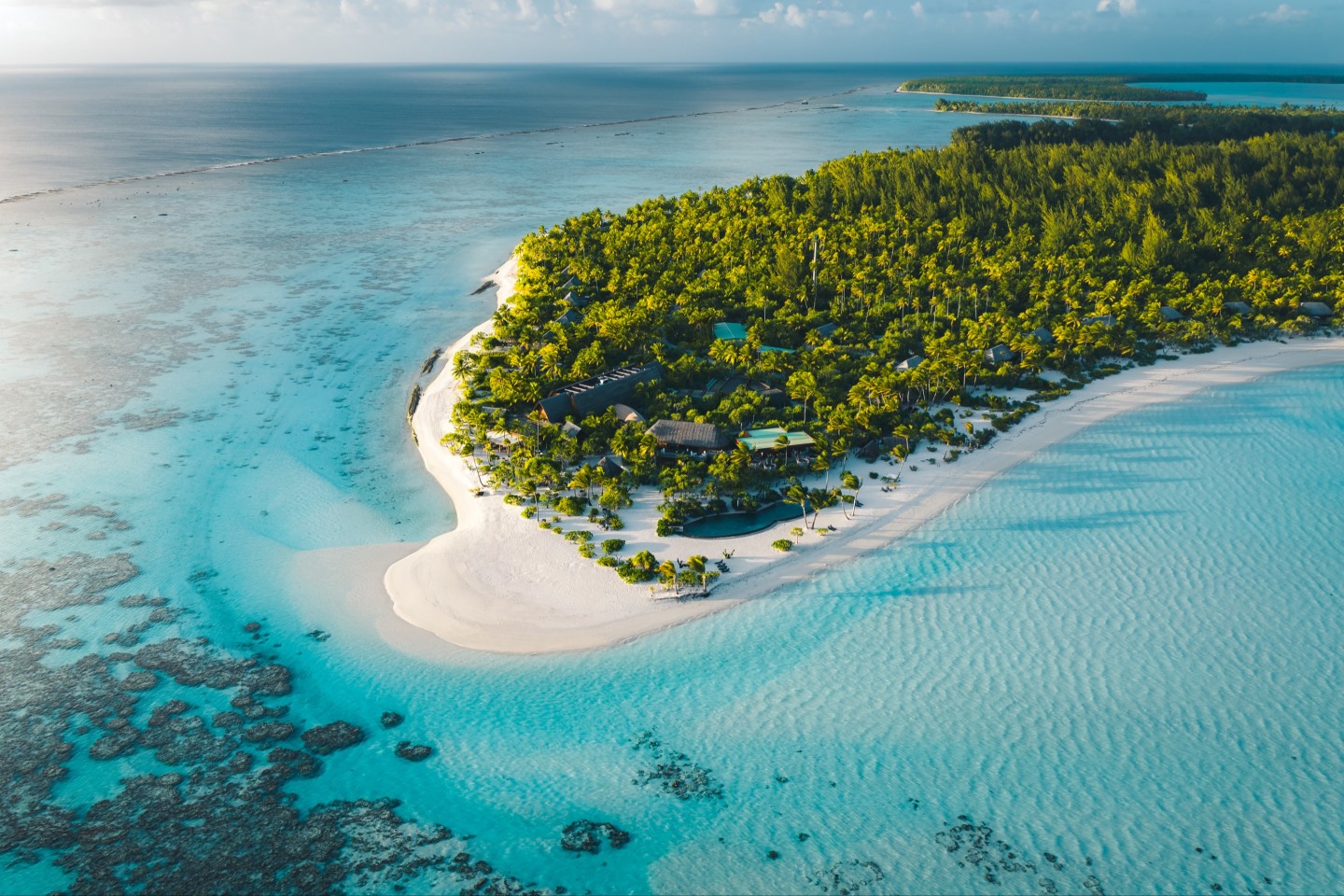
Roula Khalaf, Editor of the FT, selects her favourite stories in this weekly newsletter.
On the remote islands of French Polynesia, reliable air conditioning is rare. But at Ta’aone Hospital in Tahiti, the cooling is strong, consistent and environmentally conscious. Instead of relying on municipal electricity or fuel-fed generators to operate conventional AC units, the hospital uses hydrostatic pressure to draw cold water up from the ocean floor. When the piped water reaches the hospital, it flows over metal chambers in the basement, cooling the fresh water inside them. That water is then used to cool the air circulating through the ventilation system.

The hospital’s Seawater Air Conditioning (known as SWAC) has virtually no running costs. Navy scientists in Hawaii dreamed up the SWAC concept in the 1970s, but it wasn’t until US-born hotelier Richard Bailey actually funded and built the system here in the early 2000s that a fully operational example came online.
SWAC now cools not only Ta’aone Hospital but also the villas, restaurants and wellness spaces at The Brando, the ultra-exclusive eco resort that Bailey’s company Pacific Beachcomber opened in 2014 on the private atoll of Tetiaroa, some 20 minutes by light plane from Tahiti – long owned by Marlon Brando. “From a sustainability perspective, SWAC is a win-win,” says Bailey. “It helps our guests tread lightly on the environment while also allowing them to live more comfortably than they might do elsewhere.”
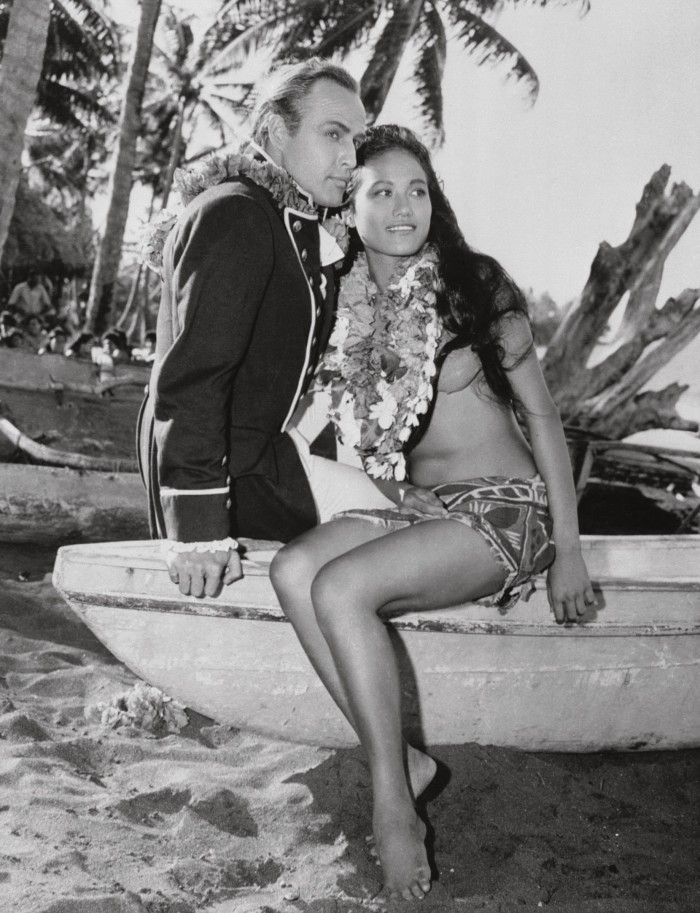
Opening a green hotel was not in Hollywood actor Brando’s thinking when he and his Tahitian wife purchased Tetiaroa in the 1960s. But protecting the picture-postcard atoll – the exclusive preserve of Tahitian royalty for centuries prior to European colonisation – was, Bailey says, always top of mind. “Tetiaroa was not a casual thing for Marlon,” says Bailey. “He cared about it far more, I believe, than he did his career in the film industry.” After striking up a friendship with the ailing film star in the late 1990s, Bailey began visiting Brando at his Beverly Hills home. There, “lubricated with vast quantities of alcohol”, the pair formulated a plan to protect the atoll permanently.
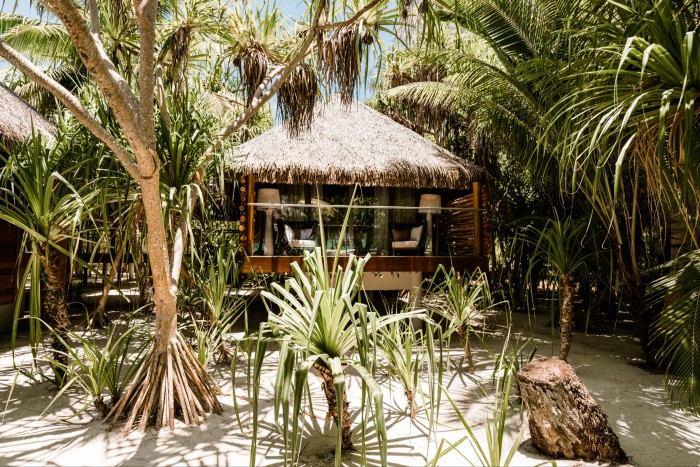
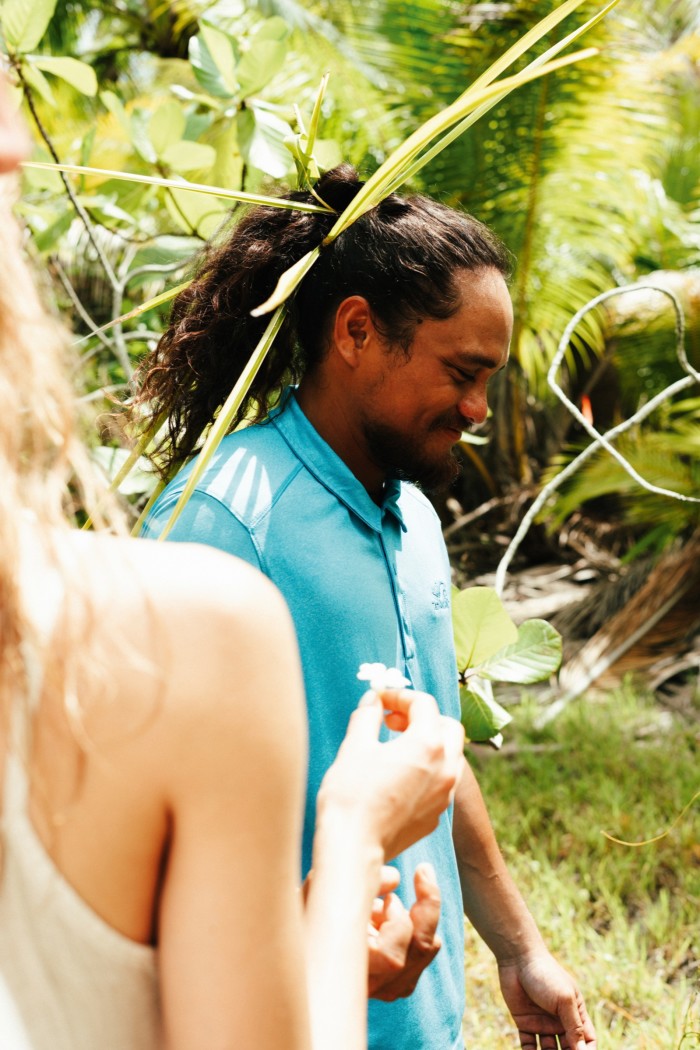
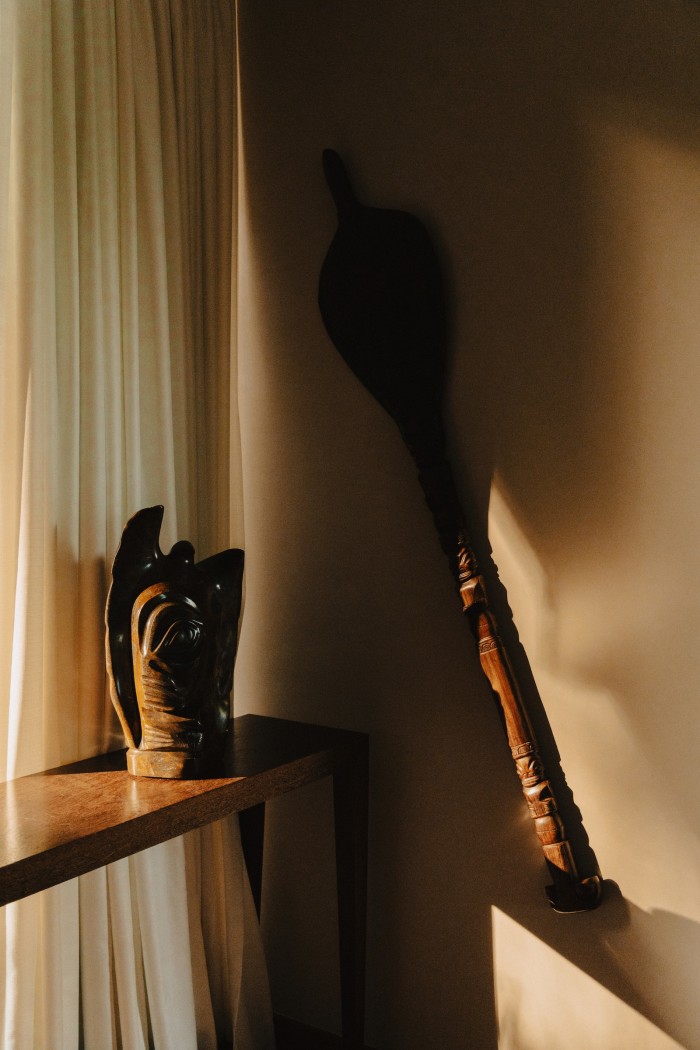
Today, Tetiaroa – now owned by Brando’s children through a trust – is home both to The Brando and to the not-for-profit Tetiaroa Society, which has a mandate to maintain and protect the atoll’s reef, its lagoon and its 12 islets, or motu. Bailey describes the two entities as symbiotic: the society is funded largely by profits from the resort, and the activities it undertakes help improve the guest experience. One example: “Our rangers have eliminated poaching and, as a result, we’ve seen the nesting tracks of female turtles on the motu go from a couple of dozen tracks per season in 2004 to upwards of 1,600 this season.” In other words, it’s an effective wildlife-protection initiative that also creates more opportunities for guests to marvel at just-hatched baby turtles as they make their twilight dash across white sand to the lagoon.
Bailey was not conservation-focused when he and Marlon Brando began working together. The resorts Pacific Beachcomber operated at the time – including InterContinental hotels in Tahiti and Bora Bora – were environmentally sensitive but not explicitly “eco”. He grew up in Louisiana, where his father worked as a wildcatter drilling for oil. After completing an MBA at Harvard, he took over the family business. When the tax deductibility of drilling costs was reduced in 1986, Bailey and his wife, a Tahiti-born lawyer of Chinese heritage, relocated to Tahiti and pivoted to hospitality.
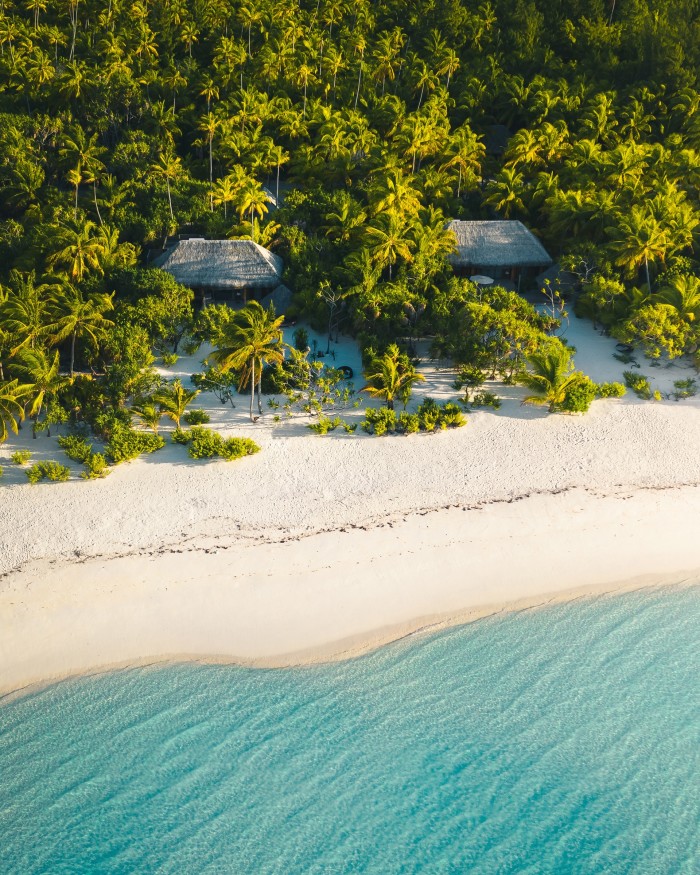
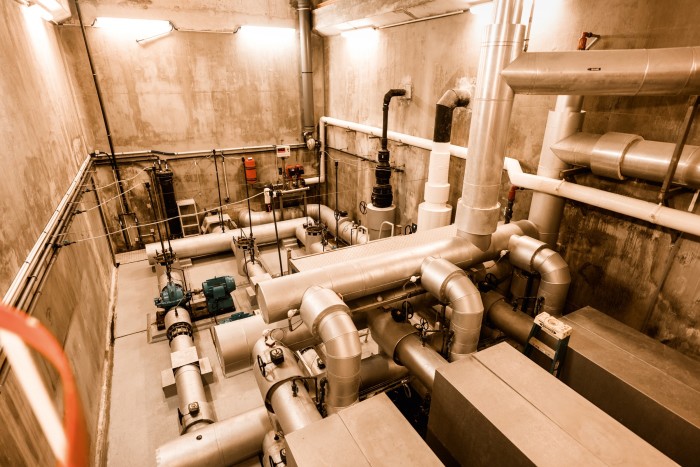
But raising their children in the heart of Polynesia changed Bailey’s perspective and priorities. He says he no longer has any involvement in the fossil-fuel industry. “I want my kids to be proud of me,” he explains. “That motivates me.” His concept for The Brando sprung from the desire to be part of a new class of luxury eco-resort: one that did not rely heavily on offsetting to achieve its carbon-neutral status and that supported, rather than simply monetised, local environment and culture. “Neutralising the negative impact is no longer enough,” he says. “We need to go beyond that. We need to make places better than when we found them.”
To achieve this, Bailey believes hotels should seek real guidance from locals. In countries affected by European colonisation, that extends to prioritising First Nations voices. “The original Polynesian settlers crossed the immensity of the ocean in some of the most daring feats of seamanship in maritime history,” he says. “They’ve been managing their resources here extremely well ever since. We have a lot to learn from them.”
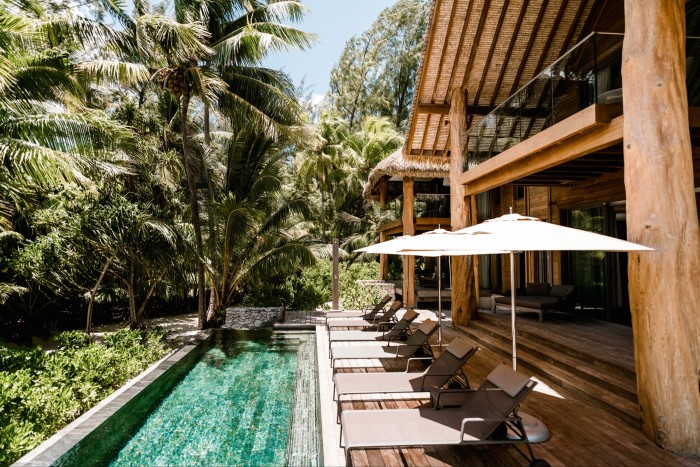
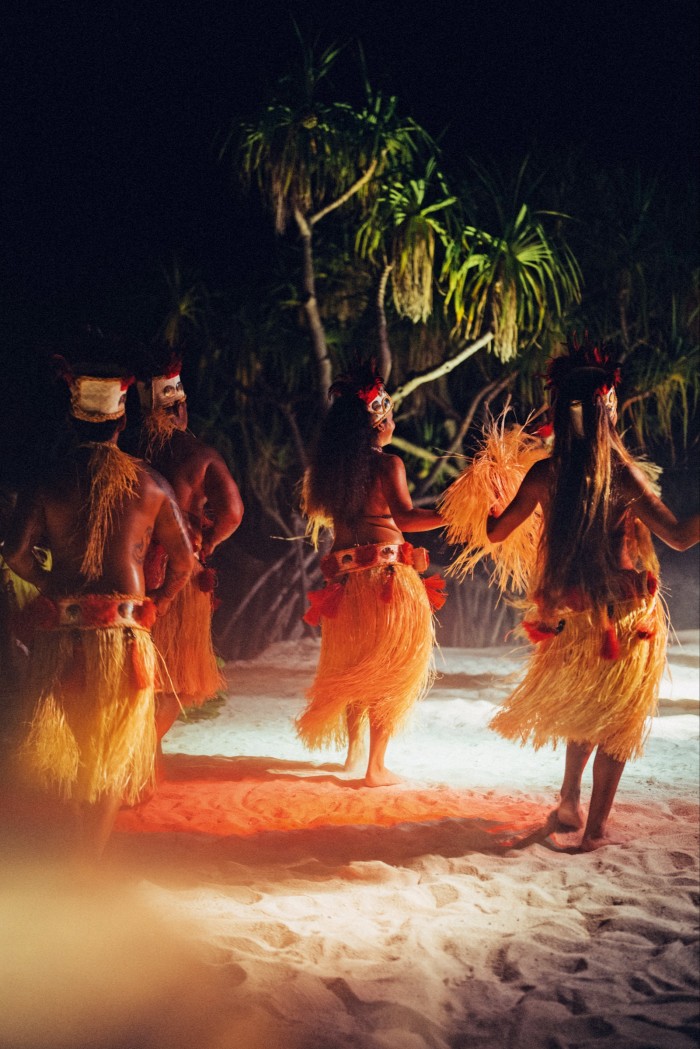
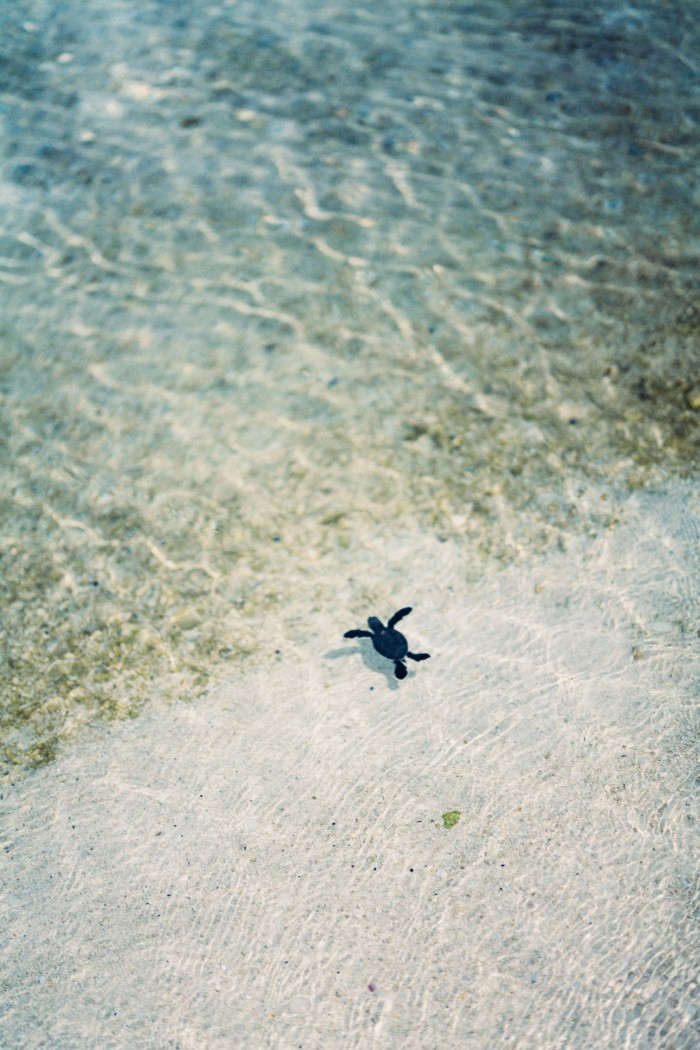
At The Brando, Polynesian staff outnumber those with European heritage (a reflection of the demographics of modern-day French Polynesia). And at Tetiaroa Society, many managers and senior guides and rangers are Polynesian. “Our kids come to work here because they want to know more about their heritage,” notes Hinano Murphy, the society’s cultural director. By undertaking culturally sensitive archeological works on the atoll and operating a programme for local kids in conjunction with Tahiti’s Ministry of Education, Murphy and Bailey hope to, in some small way, help safeguard Tahitian culture – and, perhaps, slow the exodus of youth from the south Pacific.
“Of course our kids want to be global,” Murphy says. “But all indigenous people, all around the world, want to be rooted in their culture too. If you don’t know your culture, you can stray far away from what your islands really need you to do. But if you are rooted in culture, you will never lose sight of your role as a cultural guardian.”
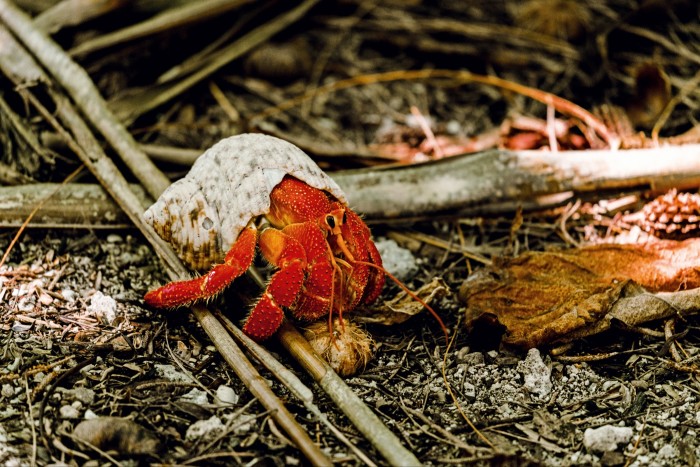
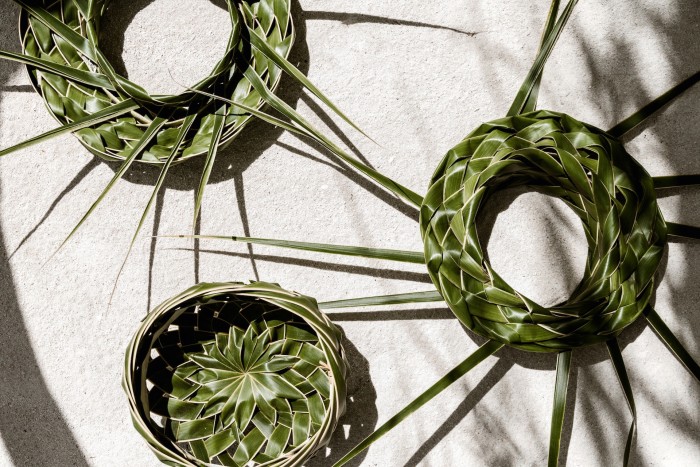
In response to guest feedback, a refresh of The Brando’s activity programme earlier this year placed greater emphasis on Polynesian arts and traditions. “In Hawaii, the Polynesian people are hanging on by their fingernails,” Bailey says. “The language is disappearing. They’ve codified their knowledge in order not to lose it. But here, there is still music and dance and people speaking Tahitian on the street. It’s a great thing.”
For now, most of the researchers visiting Tetiaroa are scientists rather than linguists or archeologists. Many of them aspire to work at Tetiaroa Society HQ because their research cannot affordably be conducted anywhere but on the compact motu of the south Pacific. SWAC, which requires deep water very close to land, is one example; a pioneering, chemical-free mosquito-eradication programme, which was piloted on two of Tetiaroa’s 12 motu, is another. It has proven effective enough that representatives from more than a dozen countries met at a conference in Tahiti in May to talk about its potential for eliminating malaria. (Meanwhile, at The Brando, guests can enjoy alfresco evenings without the need for long trousers or topical repellents.)
Bailey describes himself as an “innkeeper” whose interactions with the global elite allow him to dream big: his conversations with Barack Obama during the president’s months-long stay at The Brando in 2017 were the impetus for launching the Blue Climate Initiative think tank the following year. He is also a member of the Ocean Elders, a council which includes Richard Branson, Prince Albert of Monaco and Queen Noor of Jordan.
Bailey hopes that his hospitality endeavours, conservation efforts and exchanges with decision makers will continue to enable progress on multiple fronts simultaneously, in Tahiti and beyond. “One thing I’ve learned is that everything’s connected,” he says. “The tourism, the science, the education, the culture, the natural beauty, the history... It’s all one big song.”
tetiaroasociety.org. thebrando.com, from €3,400
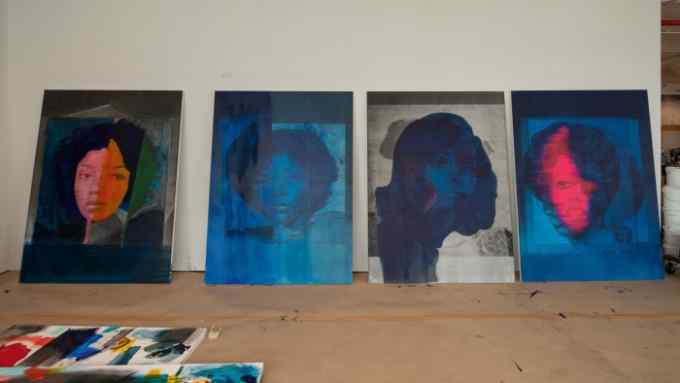
Comments